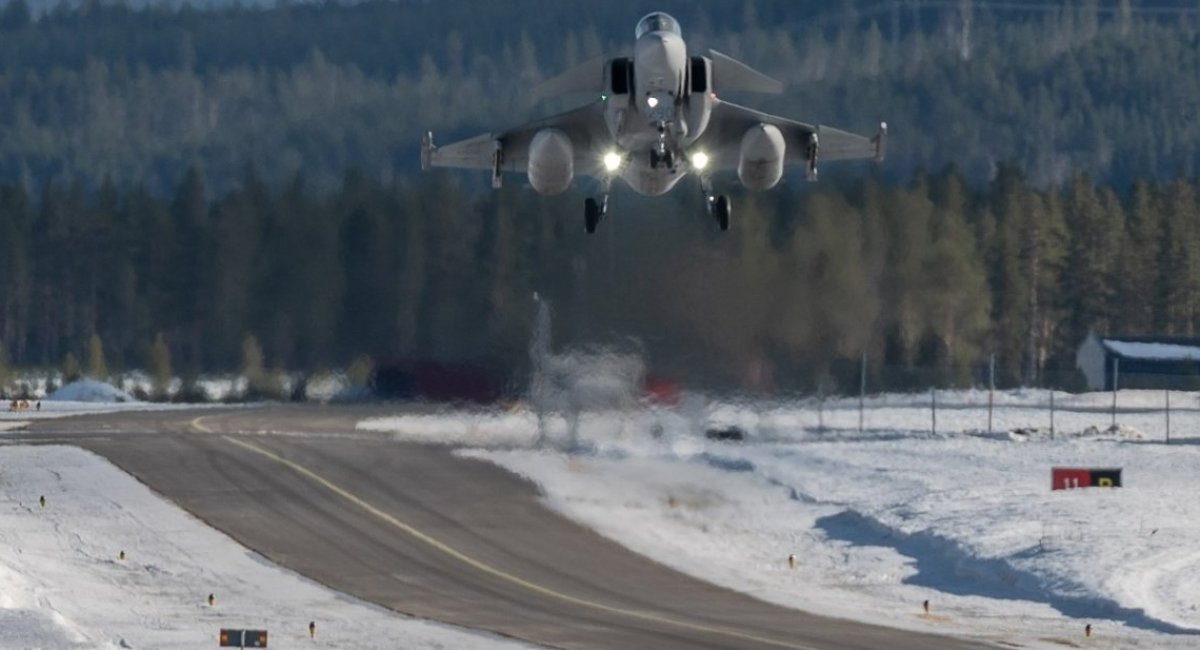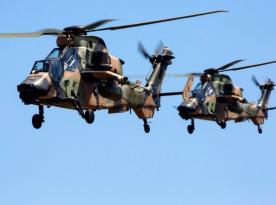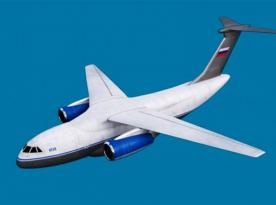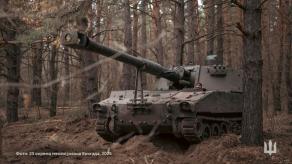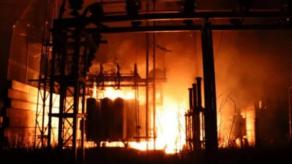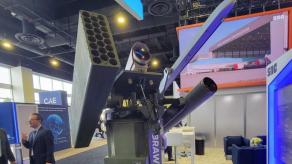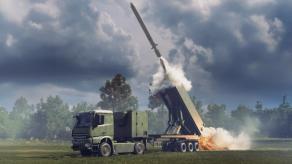Swedish government announced additional funding for two defense programs totaling 5 billion Swedish krona, roughly $530 million. The measures cover improving the mobile operation of JAS 39 Gripen fighters and countering drones. The larger share 3.5 billion SEK (about $370 million) is earmarked specifically for the drone fight.
The advance allocation of these funds is intended to shorten the system's deployment time by as much as eight years. Officials say the money will buy large numbers of threat-warning systems, electronic-warfare suites, and effectors for target destruction.
Read more: Naval Drones Carrying Bombers: Three Nebo-M Systems Worth $100 Million Gone in One Attack (Video)
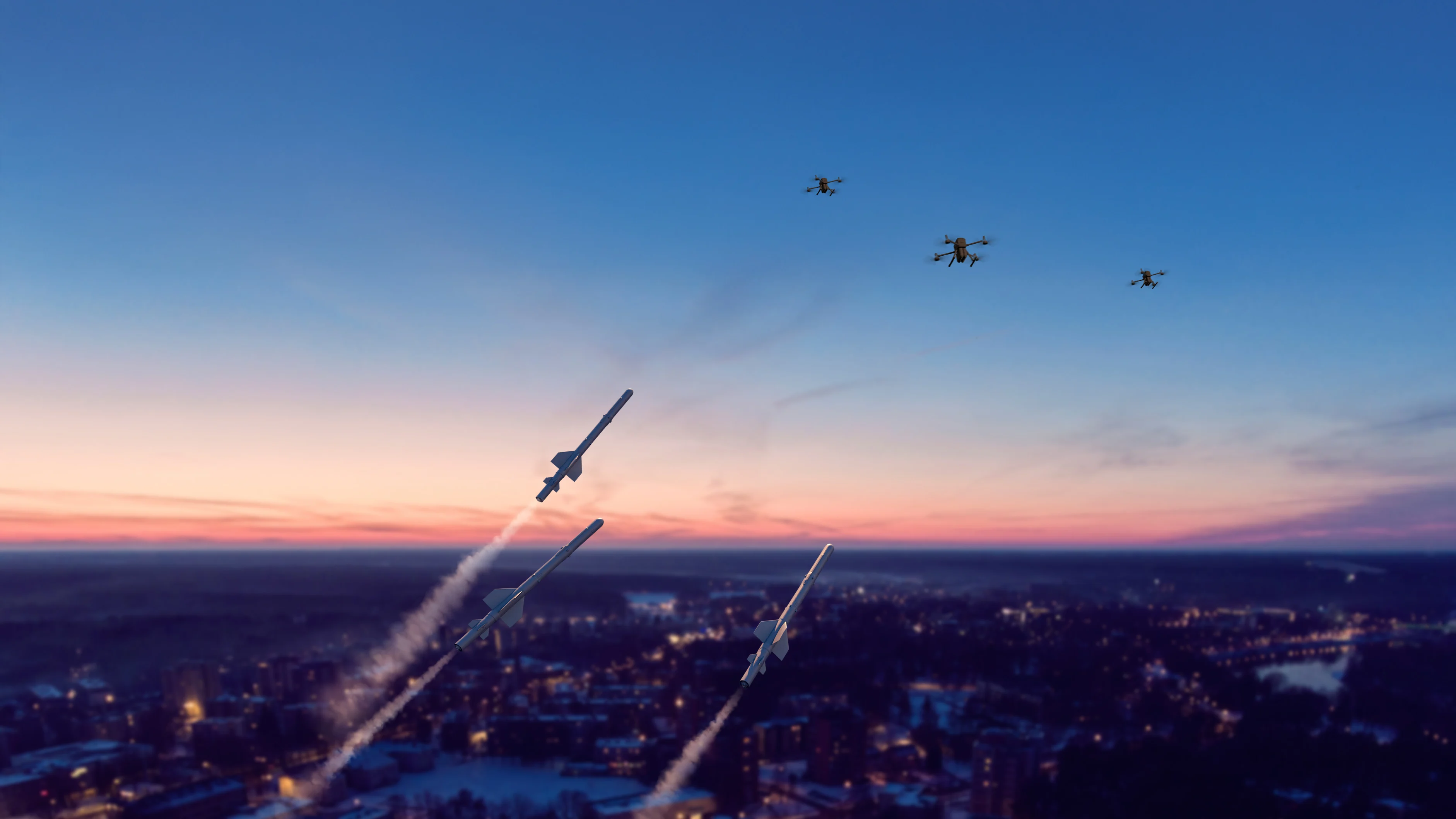
The supplier of these deliveries is not yet known, but Saab is likely to play a major role. The Swedish defense giant could supply not only radars and EW systems but also the cost-effective Nimbrix counter-drone missile and the rapidly developed Shahed-killer Loke.
Saab is already confirmed to be responsible for enhancing the Gripen's deployability. According to the announcement, additional spare parts and equipment will be procured to increase the Swedish Air Force's ability to operate fighters from a larger number of air bases, including temporary strips set up on roads.
This will increase the resilience of the Swedish Air Force, enabling more frequent combat sorties in peacetime, crises and wartime, — the government’s idea.
From Defense Express's perspective, it's worth remembering that the Gripen’s reputation for easy highway operations rests on the huge and costly Bas 90 system a network of reserve runways and dispersal sites.
Each reserve base requires the necessary ground equipment, tools and spare parts to repair fighters quickly. That is why Sweden was unable to fully sustain Bas 90: in the 2000s the system was largely abandoned and only began to be revived after 2014.
Read more: Ukraine Shoots Down russia's Full Arsenal Overnight: 497 Aerial Threats Detected, 420 Neutralized




